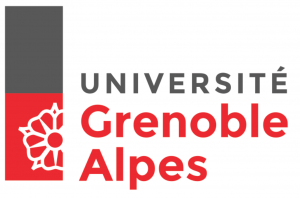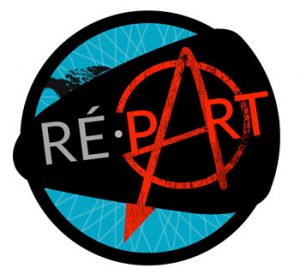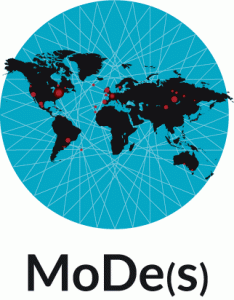International seminar – Le camarade Pi©a$$o au carrefour des cultures des résistances
Friday, 22 November 2019
“For us, Picasso was everything: he helped us financially, he was the “red one” (rojo), the communist and also the one who had painted Guernica”. The Spanish philosopher Francisco Fernández Buey, who studied at the University of Barcelona in the 1970s, defined in these terms the key role of Pablo Picasso and Guernica as left wing icons in Franco’s Spain. At that time, Picasso was already an internationally renowned artist whose ideological and political orientation was beyond doubt. A member of the French Communist Party since 1944, he had built his militant position during the war years, in close contact with transnational antifascist movements.
In parallel and in collaboration with the exhibition “Picasso au cœur des ténèbres (1939-1945)” -Picasso in the heart of darkness (1939-1945)-, this seminar will be dedicated to the committed figure of the artist Pablo Picasso, studying how he participated in the implementation of different models of resistance and antifascist visual cultural movements. It will bring together a group of international researchers and artists to discuss the production of Picasso, his antifascist networks, as well as the dialogues established between the culture of resistance and his visual productions. Focusing on the primordial importance of the image in the construction of a militant culture and its transformations over time, this seminar will also address the multiple resemantizations of Picasso and his art, from war to the present day, under the sign of globalized capitalism.
Program
10.00-10.20 >Welcome and introduction Guy Tosatto (Musée de Grenoble), Paula Barreiro López (Université Grenoble Alpes) and Sophie Bernard (Musée de Grenoble)
Chair: Sophie Bernard (Musée de Grenoble)
10.20 -11.10 > Béatrice Joyeux-Prunel (Université de Genève), Picasso et l’invention de l’engagement artistique
11.10-12.00 > Rocío Robles Tardío (Universidad Complutense de Madrid), Dora Maar dans l´atelier des Grands-Augustins, photographe et révolutionnaire
12.00-14.00 > Lunch break
Chair: Marlen Schneider (Université Grenoble Alpes)
14.00-14.50 > Amanda Herold-Marne (École du Louvre), Picasso et la vie artistique espagnole à Paris sous l’Occupation: résistance contrefaçon et contradictions
14.50-15.40 > María Dolores Jiménez-Blanco (Universidad Complutense de Madrid), Picasso ¿communisme, antifranquisme, exil?
15.40-16.00 > Coffee break
Chair: Sonia Kerfa (Université Grenoble Alpes)
16.00-16.50 > Paula Barreiro López (Université Grenoble Alpes), Picasso est des nôtres, pas des leurs !
16.50-17.50 > Rogelio López Cuenca (Artist), Pi©a$$o
17.50-18.00 > Closure of the seminar
Download the poster.
Direction: Paula Barreiro López (Université Grenoble Alpes)
Seminar at the initiative of the Département d’Histoire de l’art and of Larhra, on the occasion of the exhibition PICASSO Au cœur des ténèbres (1939-1945), organized by tthe project Ré.Part – Résistance(s) Partisane(s): Culture visuelle, imaginaires collectifs et mémoire révolutionnaire (ANR-15-IDEX-02), by Laboratoire de Recherche Historique Rhône-Alpes (LARHRA) and the project MoDe(s)2 – Modernidad(es) Descentralizada(s): arte, política y contracultura en el eje transatlántico durante la Guerra Fría 2 ( HAR2017-82755-P).
Image:
Pablo Picasso, Chat saisissant un oiseau, 22 avril 1939.
Musée national Picasso-Paris
© RMN-Grand Palais / Mathieu Rabeau
© Succession Picasso 2019

![]()




